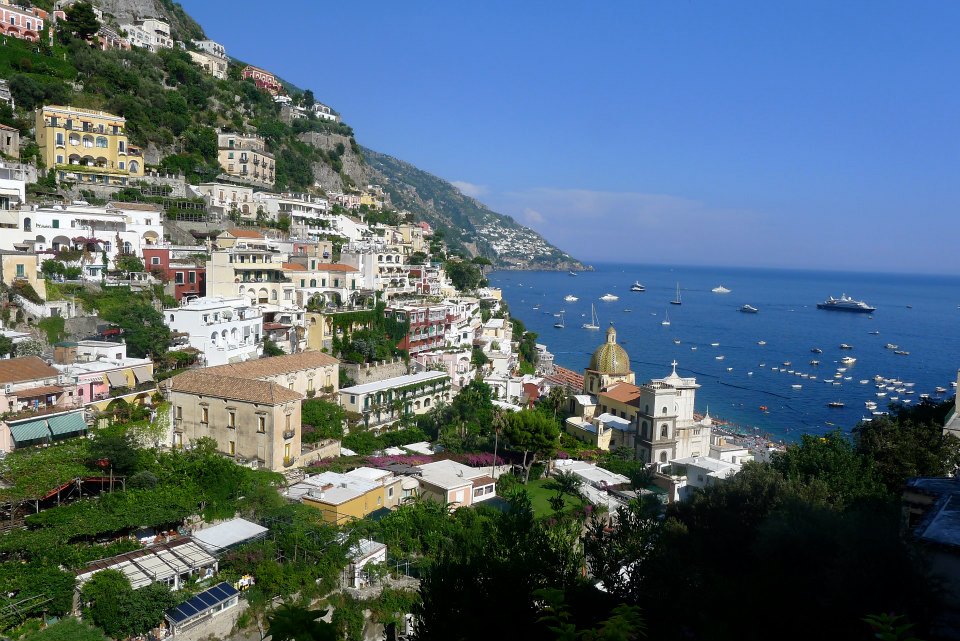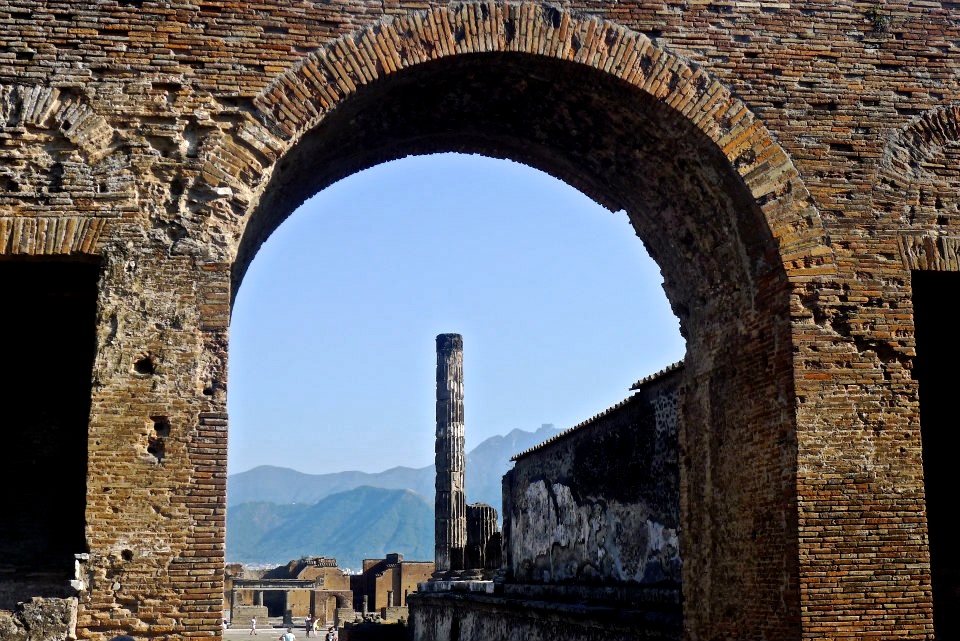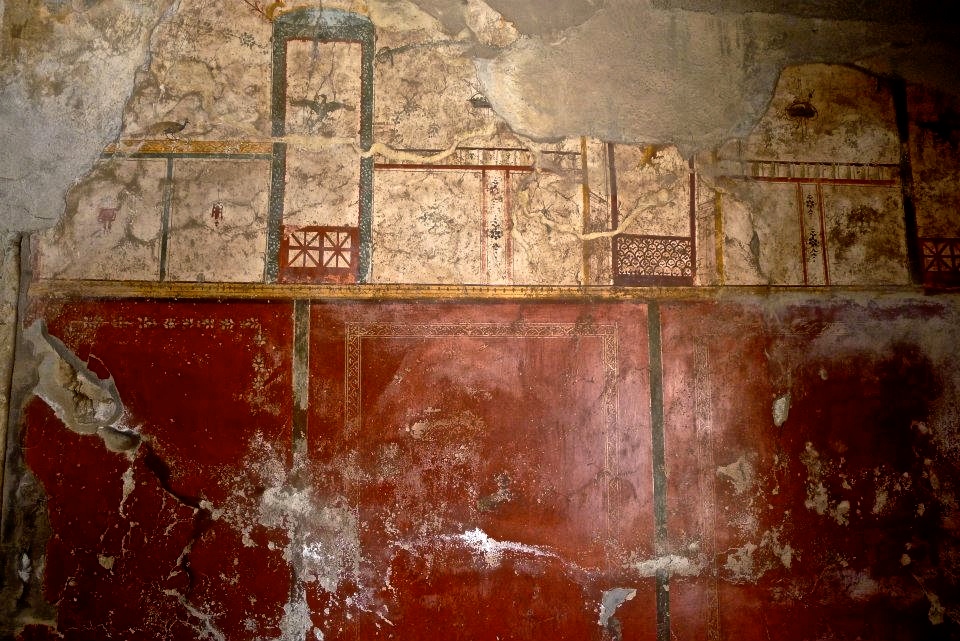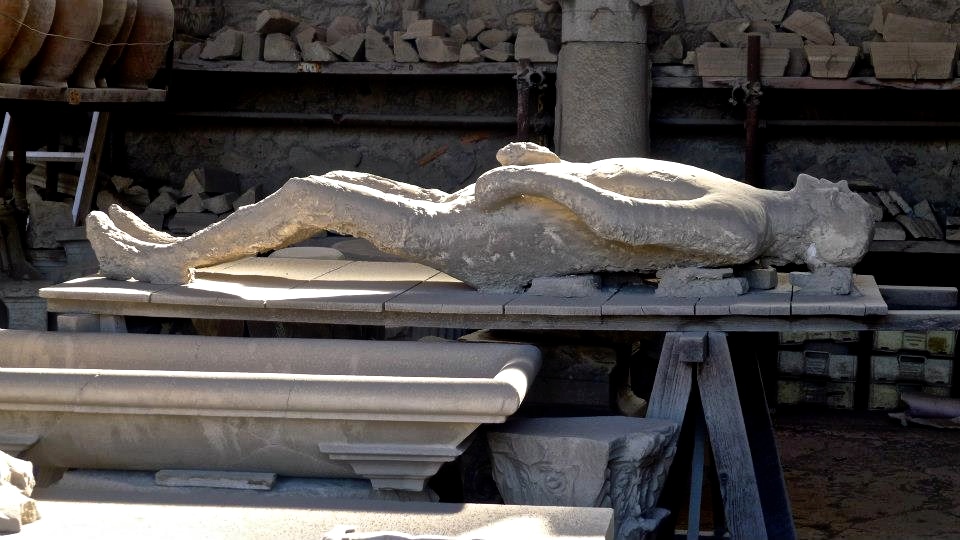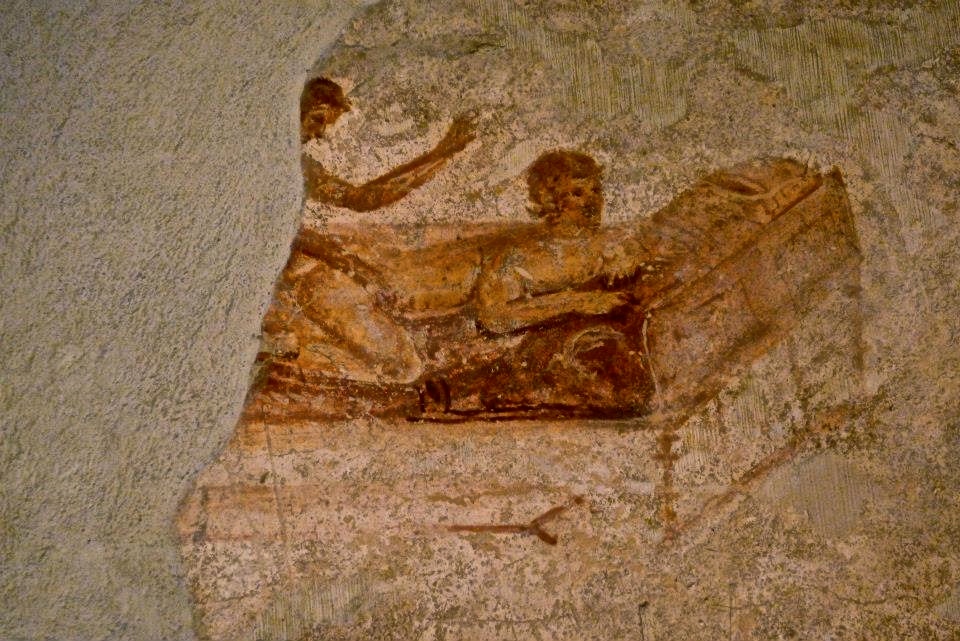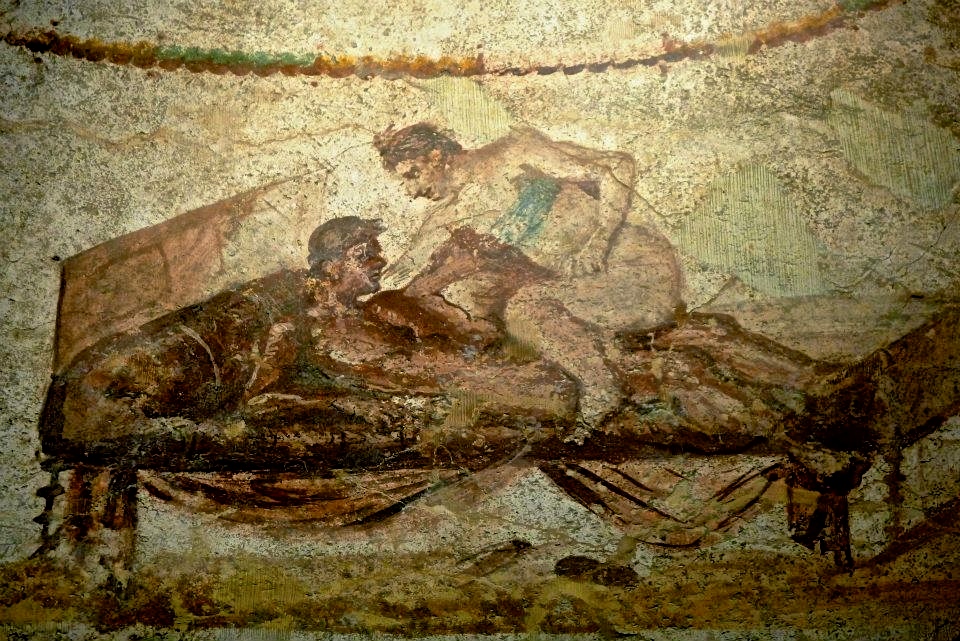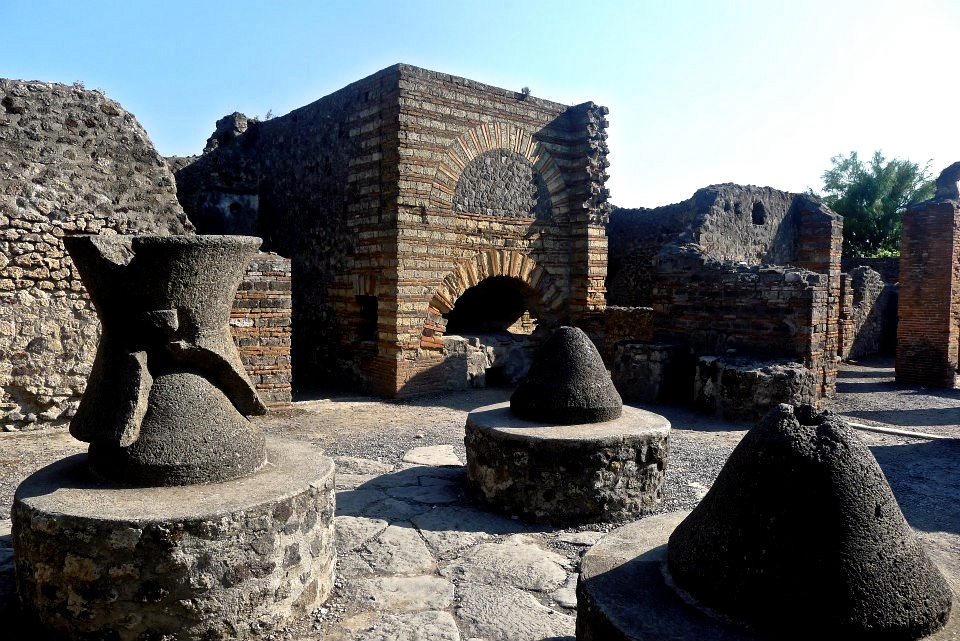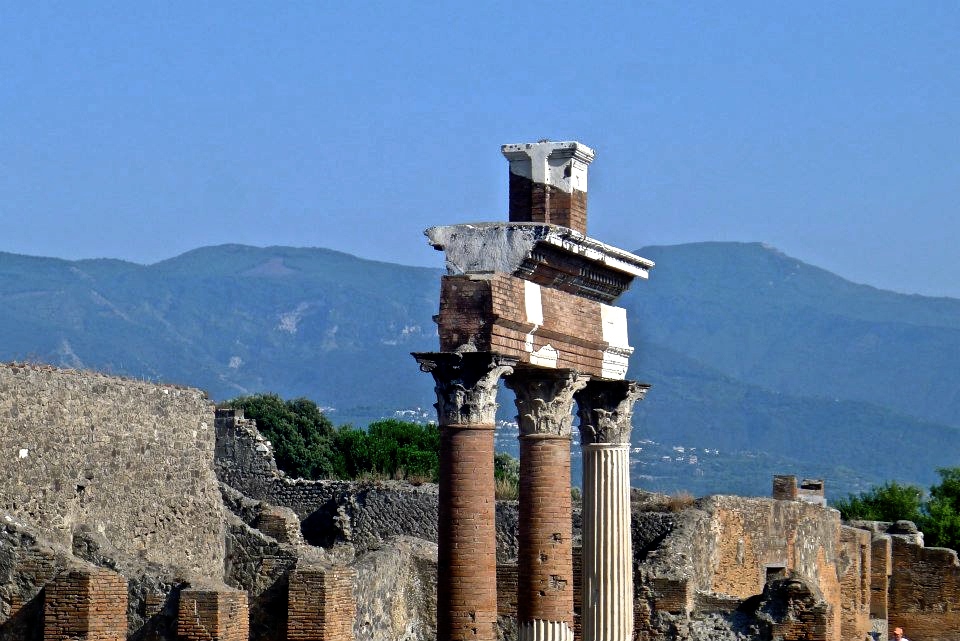
Visiting Pompeii: A City Preserved Under Ash
Pompeii has long been lauded as one of the top places to visit in Italy. In a country famed for its ancient relics and well-preserved ruins, the archeological site in Mount Vesuvius’ shadow may just be the cream of the crop.
Visiting Pompeii is a poignant reminder of the incredible power and breadth of the Roman empire. I have now seen Roman ruins from Morocco to the United Kingdom and from Tunisia to rose-colored ruins of Palmyra, Syria. And yet, the ruins extend even beyond what I have seen. The Roman Empire has left a wealth of archeological evidence that can aid us in better understanding life during ancient times.
To me, no other site painted such vivid pictures of the Roman Era as Pompeii.

Pompeii: A City Preserved under Ash
In 79AD, the legendary Mount Vesuvius erupted and obliterated many of the communities living in the surrounding fertile plains. A thick layer of ash from the eruption covered the area and buried its residents. Among the places that were buried under a 20 ft layer of ash, are the expansive Pompeii ruins.
Though destructive at the time, the ash was vital to the preservation of the site because the lack of air moisture prevented the city from deteriorating over the years. As a result, Pompeii has become one of the preeminent tourist destinations in Italy, for it allows visitors to glean information on daily life in Ancient Rome and imagine what one of the great Roman cities would have been like in its heyday.
Thanks to the ash, many of Pompeii’s buildings are nearly intact, though erosion has aided their slow deterioration since the uncovering and unveiling of the archeological site.
It is still possible, however, to walk down the maze of streets in the city, admire the tall surrounding walls and peek into ruins so well-preserved that they still have roofs and brightly colored frescoes.
-
The Mummies of Pompeii
Another amazing feature that speaks to Pompeii’s impeccable preservation is the collection of plaster casts mummies. Those who were not lucky enough to flee the decimated city on August 24, 79AD, met the unfortunate fate of being buried under debris.
When excavators in the 1800s discovered the bodies, they noticed that the ash had been remarkable in preserving the skeletal structures of Pompeii’s citizens. The ash and debris also left another clue that helped preserve the bodies–where people were buried, hardened lava formed around them and left body-shaped cavities where where they had decomposed. Excavators filled these void spaces with plaster and were able to reconstruct the bodies of victims.
It was incredible seeing the plaster casts, for the contorted bodies so dramatically captured the Pompeiian tragedy.
-
The Ancient Brothel in Pompeii
Toward the end of our day, Dan and I stumbled upon what was perhaps the most surprising and interesting of all the rooms we had seen–the ancient city’s brothel.
The brothel’s surrounding walls are adorned with erotic paintings of people contorted in various sex positions. The brothel also has various small rooms with stone beds that are so minuscule that they would have made the bed in my college dorm room look spacious.
Many of the women acting as prostitutes in Pompeii were slaves, trafficked from the Middle East and forced to perform sexual pleasures for men so that they could scrounge up a few loose coins. The poor and disenfranchised had no option but to sell their bodies for eager, wealthy Romans.
Seems to me that some things have not changed much over the years.
Pompeii Travel Logistics
Pompeii lies half an hour south of Naples, near the famed Amalfi Coast. Most tourists choose to visit the ruins while exploring the coast and its surroundings, though travelers with limited time often opt on booking organized tours as day trips from Rome.
The ruins of Pompeii cost €15 to enter, though European citizens aged 18-25 get a small discount.
***
Dan and I spent the better part of six hours walking through the ruins. Though the sun was searing as usual, the buildings provided much-needed shade and respite from the heat. We visited the amphitheaters, numerous living quarters, impressive baths and villas containing mosaics and predominantly red paintings.
Visiting Pompeii is like entering a different world. The UNESCO-recognized ruins are Europe’s most compelling archaeological site. Sprawling and haunting, they are a stark reminder of the destructive forces of nature. And with their unparalleled preservation and plaster cast mummies, they illustrate the rise and fall of empires like no other place on Earth.
